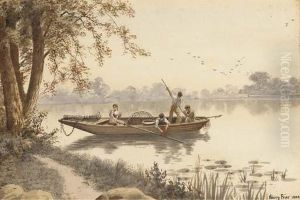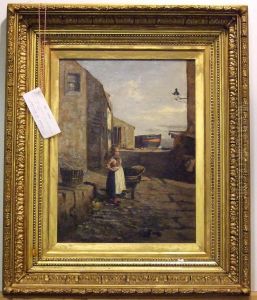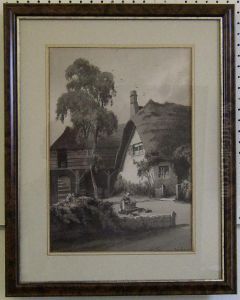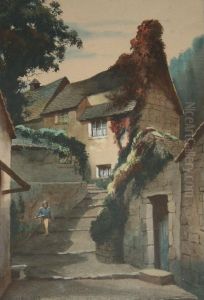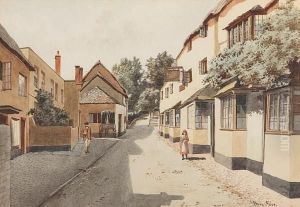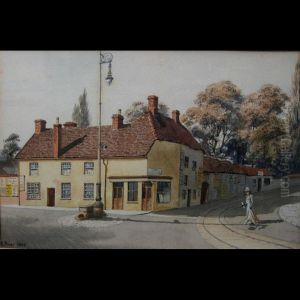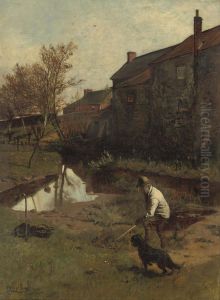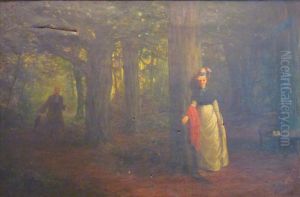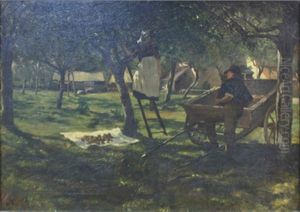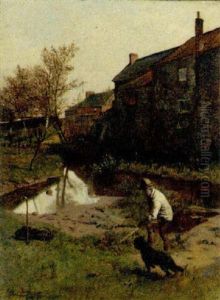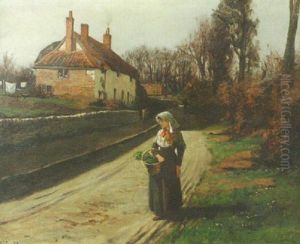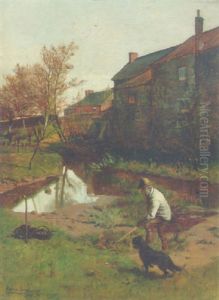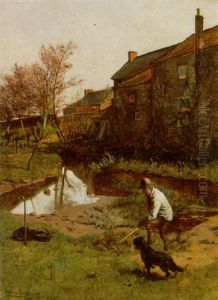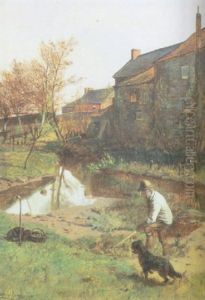Harry Frier Paintings
Harry Frier was an English artist known primarily for his paintings and sketches of scenes from his local area of Taunton in Somerset, England. Born on August 7, 1849, Frier's early life was steeped in the Victorian era, a period of great change and industrialization within the United Kingdom. His artistic career is often characterized by a keen interest in the everyday life of people, the changing landscapes, and the social history of his time.
Frier received his art education in London, where he attended the National Art Training School, which later became the Royal College of Art. His style was influenced by the artistic movements of the 19th century, including Realism, and he was known for his attention to detail and his ability to capture the nuances of light and atmosphere in his work. Harry Frier’s work was not just confined to painting; he was also involved in teaching art, sharing his knowledge and passion with the next generation of artists.
Throughout his career, Frier produced a significant body of work that included both oil paintings and watercolors. His subjects often included landscapes, townscapes, and genre scenes that depicted the daily lives of people in Somerset. Frier's work serves as an important historical record of the area, showcasing the architecture, fashion, and activities of its inhabitants during the late 19th and early 20th centuries.
Harry Frier lived through the transition into the Edwardian era and the onset of World War I, periods that brought their own shifts in societal norms and artistic trends. Despite the changing times, Frier remained dedicated to his style and continued to document the world around him. He died on March 28, 1921, leaving behind a legacy as a chronicler of Somerset's history and an accomplished artist whose work continues to be appreciated for its historical value and artistic merit.
